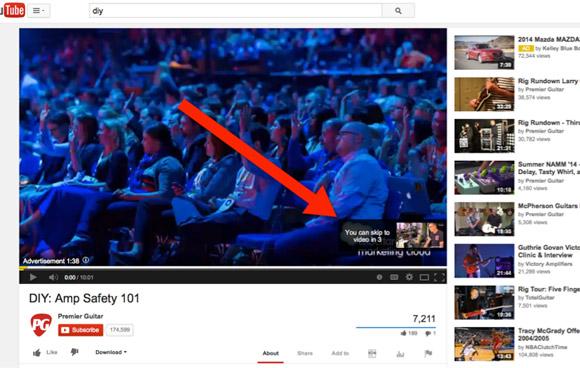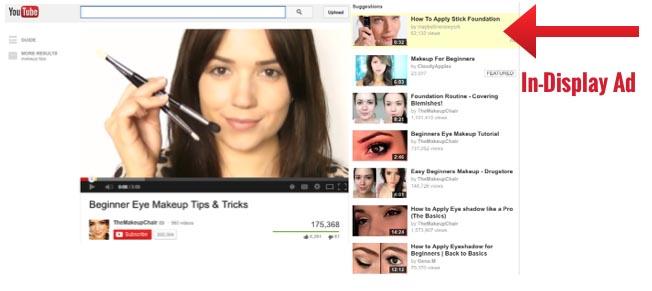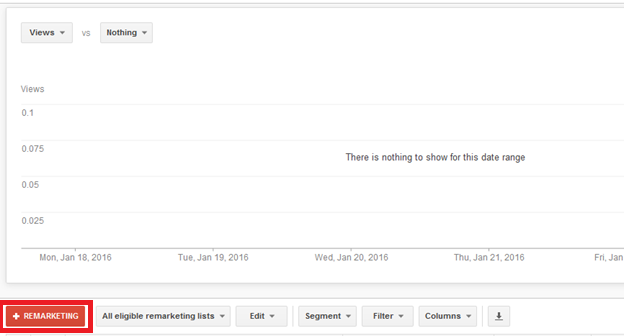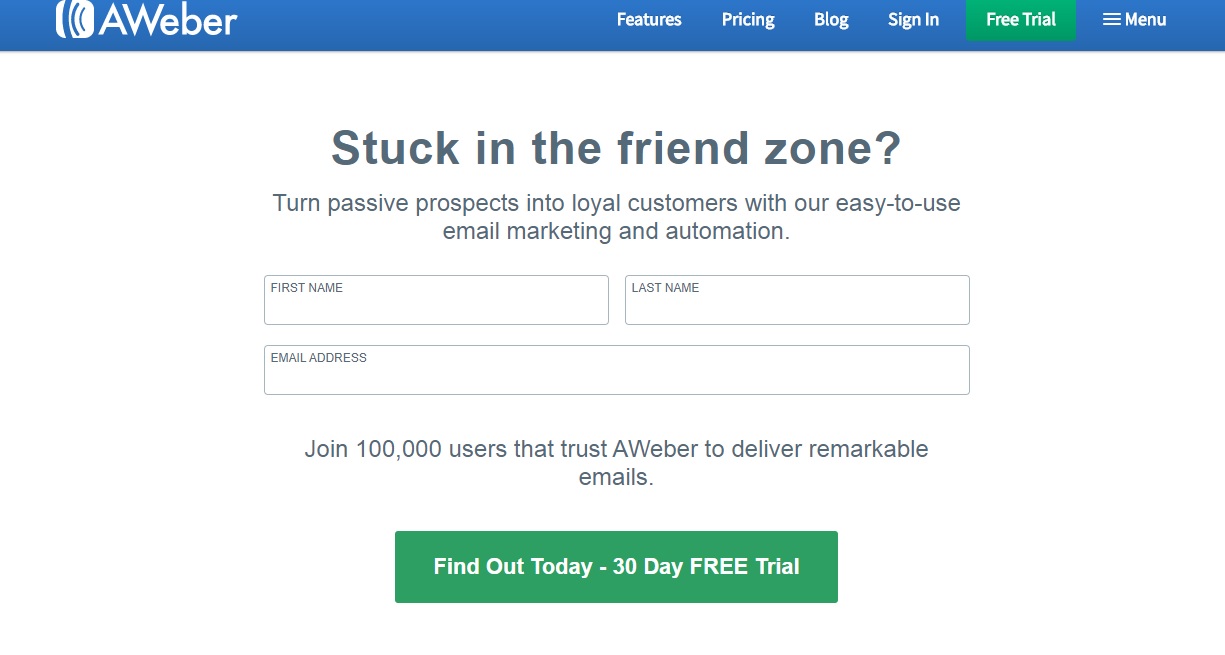How To Reach Your Customers With Google Similar Audiences
AdWords is no newcomer to the world of digital marketing. It was launched way back in 2000, and back then companies would pay Google a monthly fee to completely manage their campaigns.
My oh my have things changed…
Needless to say, the onus is on you to manage your own AdWords account these days, and it’s never been harder to succeed. With millions of other advertisers crowding the platform, CPCs for the most competitive terms are approaching $100 in certain instances. The only solution is better targeting, and thankfully, this is what Google is offering in their new Similar Audiences feature.
So what is it exactly? Why is there so much hoopla surrounding it? And, most importantly how can you use it to take your ROI to the next level?
Born Out of Facebook Lookalike Audiences
Facebook announced Lookalike Audiences in 2013, and it changed the face of online advertising. Never before had we been able to target new customers based on our existing customers in such a powerful way. Just enter your email list using the Facebook power editor and, boom! You’re now targeting new customers based on your existing customers.
Naturally, we saw a mass migration over to Facebook ads, starting a new golden era for many PPC marketers. Not to be mistaken, Google AdWords was still thriving, however Facebook was clearly sending a message to them that the new age for targeting had arrived—the ball was in Google’s court to improve their game.
In response, Google has introduced Similar Audiences for Search which is essentially a carbon copy of Lookalike Audiences. This feature also helps brands expand to new potential customers based on targeting from remarketing lists. Plus, since this is Google search we’re talking about, you have access to nearly the entire global population—granted you have access to billions on Facebook, but Google still beats it out by a hair.
On the surface, Similar Audiences sounds amazing. When we break it down to raw numbers, it’s actually even better than amazing. Here’s why…
Why Google Similar Audiences Works
It’s remarkable that it took Google so long to introduce Similar Audiences for Search, especially after seeing it work to such great success on their Display Network. According to 2013 data, advertisers typically saw 60% more impressions, 41% more conversions and 48% more clicks when using Similar Audiences on the display network in tandem with remarketing.
After seeing it work so well on GDN, advertisers are watering at the mouth over the implications of seeing Similar Audiences work on the Search network.
But of course, it won’t be as simple as plugging in a list and creating a bunch of random ad groups. There needs to be a sound strategy behind your efforts, and it starts with your source audience.
Select a Great Source Audience
Segmentation. This is where targeting begins, and if done correctly, it will allow you to flourish. The best way to begin is by going into your email marketing analytics and gauging who your ‘best’ customers are.
Who has purchased from you multiple times? Who has engaged with your content the most often? Assess the lifetime value of your existing customers to determine what qualifications you’re looking for in new ones.
Create a list of your top converting customers based on important factors to you, like their transaction value and engagement with your brand over time.
When you’re starting to think about uploading your list, you’ll want to pull from a large sample size. For lookalike audiences, Facebook recommends that advertisers pull from anywhere between 1,000 to 50,000 of their best customers, and this should be a best practice to consider when using Google Similar Audiences too.
It might sound like a lot, but providing an ample audience will actually help Google gather a more clear depiction of your ideal customer, helping you reach the right new audiences who are likely to convert for your business.
Google isn’t Facebook in the sense that you have open access to the likes and interests of millions of consumers, but one thing Google DOES have is a great remarketing system using Google Tag Manager to place remarketing tags across your site that will allow you to build your list from previous visitors.
Choose Your Best Assets
Everyone has something they’re good at, and it’s especially true for marketers. Are you a professional blogger? Video creator? Graphic designer? Start creating content that reveals these strengths, and your customers will start converting.
The reason is simple, if you’re doing something you’re good at then the quality will be significantly better. If your landing page is designed for an engaging video, but a) you’re not good in front of the camera, and b) you didn’t edit the video well enough, your efforts will be futile.
This should dictate what types of ads you’re using to reach consumers as well.
Video creators should consider YouTube ads, which are really easy to setup. All you have to do is create a YouTube campaign with one or both of the In-Stream and In-Display ads set up to run. It’s a good idea to create separate ad groups for each format.
For example, here’s what In-Stream ads look like:
Source: Digital Marketer
And here are In-Display ads:
Source: Business 2 Community
From here, you’ll import a customer list into AdWords. This can come by way of an email list, remarketing list of past site visitors, mobile app users, or YouTube viewers. These selections are apparent when you go to AdWords > Shared Library > Audiences.
Open your YouTube campaign, click the +REMARKETING button and proceed to add your lists.
Source: Google
For written content creators, you can use a combination of effective landing page copy and the power of Similar Audiences to reach new audiences who will click on your ad and convert through your persuasive copy.
Because I brought up the idea of landing page copy, I’d be remiss not to mention this amazing piece of copy written by the marketers over at AWeber. Talk about creativity…
A great metaphor for brands who are looking to turn passive prospects into loyal consumers.
Relying on your strengths will not only keep the quality of your work much higher, but it will make the process a lot more enjoyable for you.
Be Proactive
Take action, but also be willing to make changes if certain campaigns aren’t panning out.
This is why the concept of split-testing is so important. Even when using a tool as powerful as Google Similar Audiences, you still must account for having to make certain adjustments in your ad copy/landing page combination in order to see conversions. That said, Similar Audiences should give you a nice jump start towards at least finding the right audience to target from the outset—and that is hugely important.







